With heat storage technology at its core, we focus on integrated energy supply applications and provide customers with comprehensive zero-carbon energy solutions.
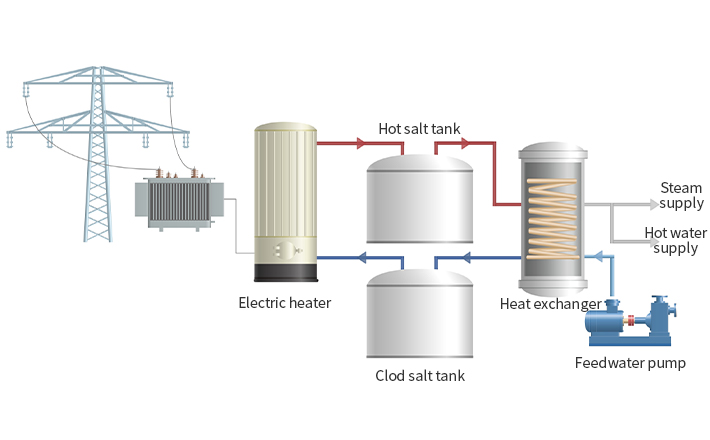
Molten salt energy storage utilizes the liquid properties of molten salt at medium and high temperatures. The temperature difference during the heating and cooling of molten salt is used to store and release thermal energy. Specifically, a molten salt energy storage system typically includes components such as molten salt storage tanks, heaters, heat exchangers, and power generation equipment. During the energy storage phase, molten salt is heated to a high-temperature state (usually between 200°C and 600°C), storing a large amount of thermal energy. During the energy release phase, the high-temperature molten salt transfers heat to the working fluid (such as water or steam) through the heat exchanger. The heated working fluid drives the turbine to generate electricity, converting thermal energy into electrical energy.
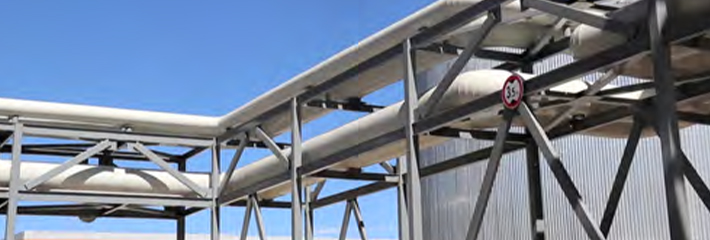

Peak shaving for energy consumption
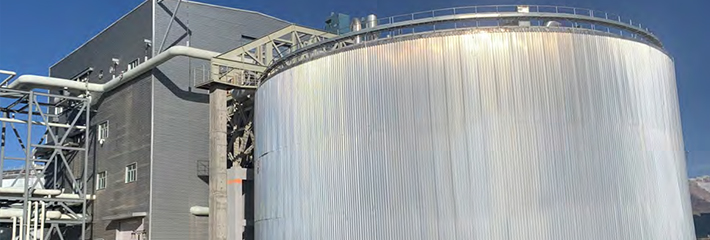

Reducing direct consumption of fossil fuels and pollutant emissions
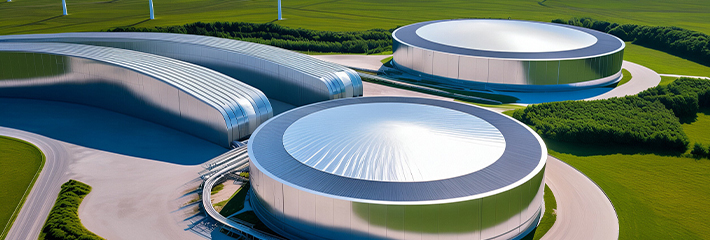

Lowering energy consumption costs and promoting electrification
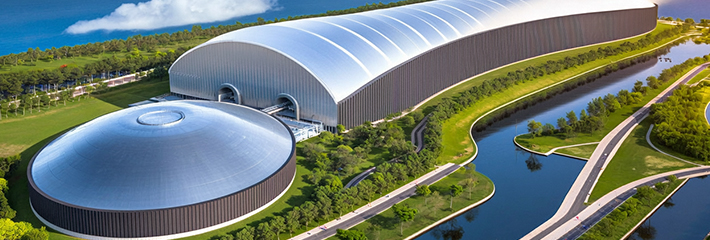

Providing ancillary services to the power grid
This project has been successfully selected as one of the first batch of new energy storage demonstration projects in Zhejiang Province during the “14th Five-Year Plan” period
The source-grid-load-storage integration project of the Xizi Aviation Zero-Carbon Intelligent Energy Center, with the power grid and distributed photovoltaics as energy input sources of the system, is supported by both molten salt energy storage and flow battery-based electrical energy storage technologies. With the help of the intelligent control system, the project provides comprehensive energy consumption solutions for the enterprise based on electricity, steam, and new energy.
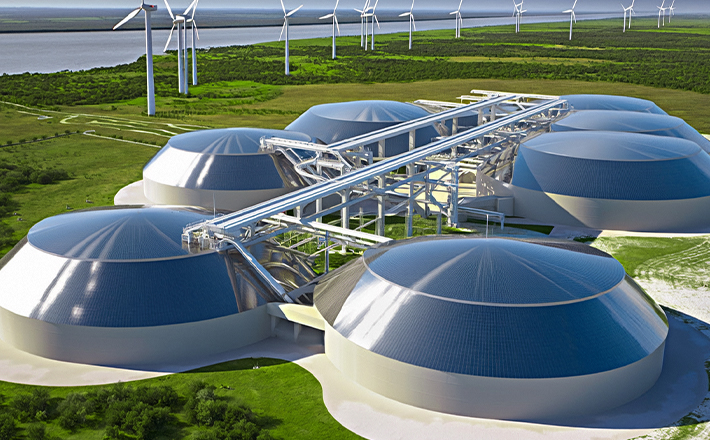
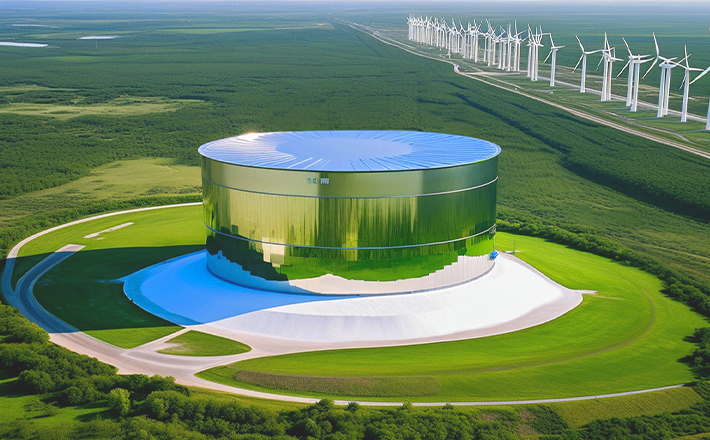
The source-grid-load-storage integration project of the Xizi Aviation Zero-Carbon Intelligent Energy Center is a zero-carbon, intelligent, safe, and efficient new energy ecosystem centered on electricity. It effectively addresses the issue of renewable energy accommodation during off-peak periods and offers an alternative technological solution to fossil fuel-based power generation and heating.